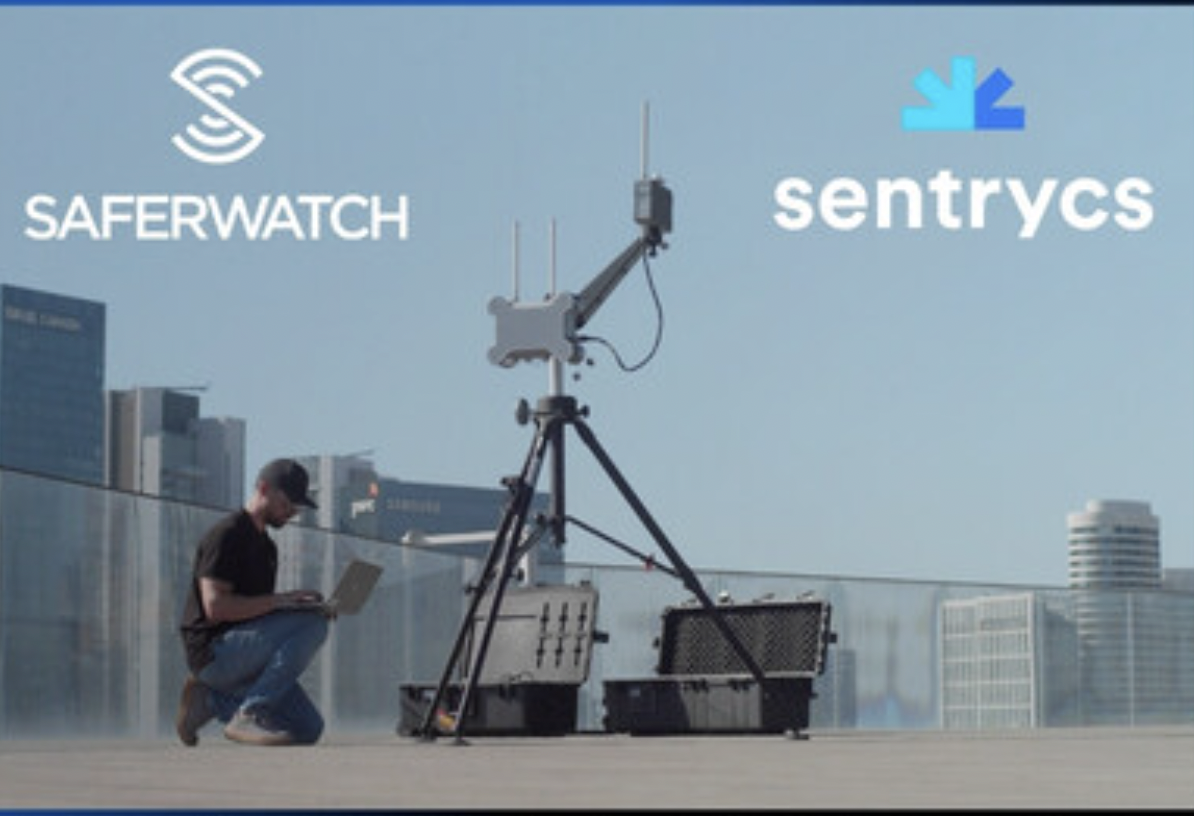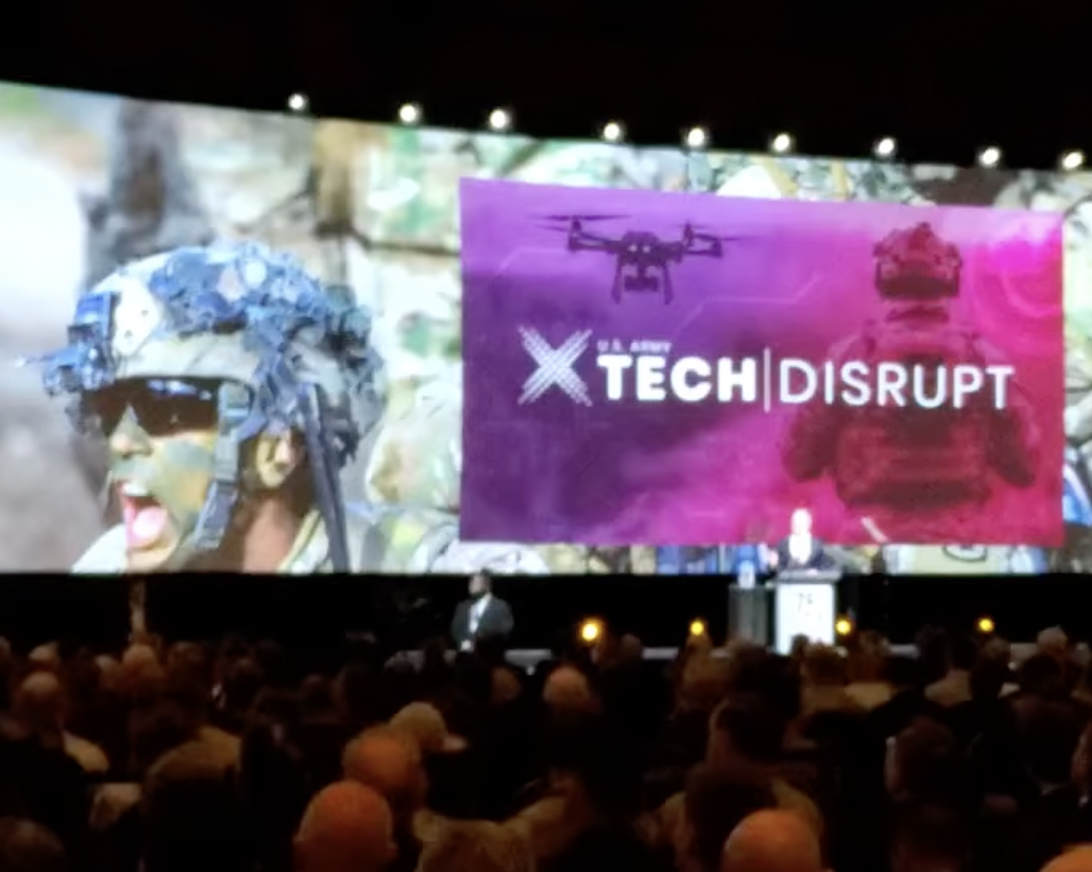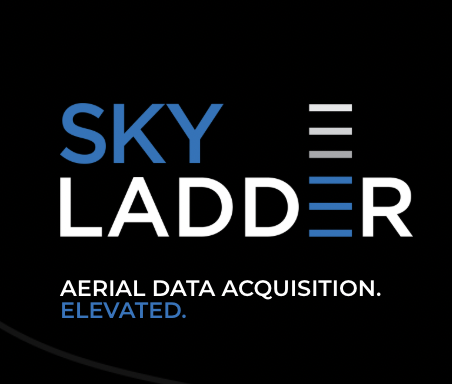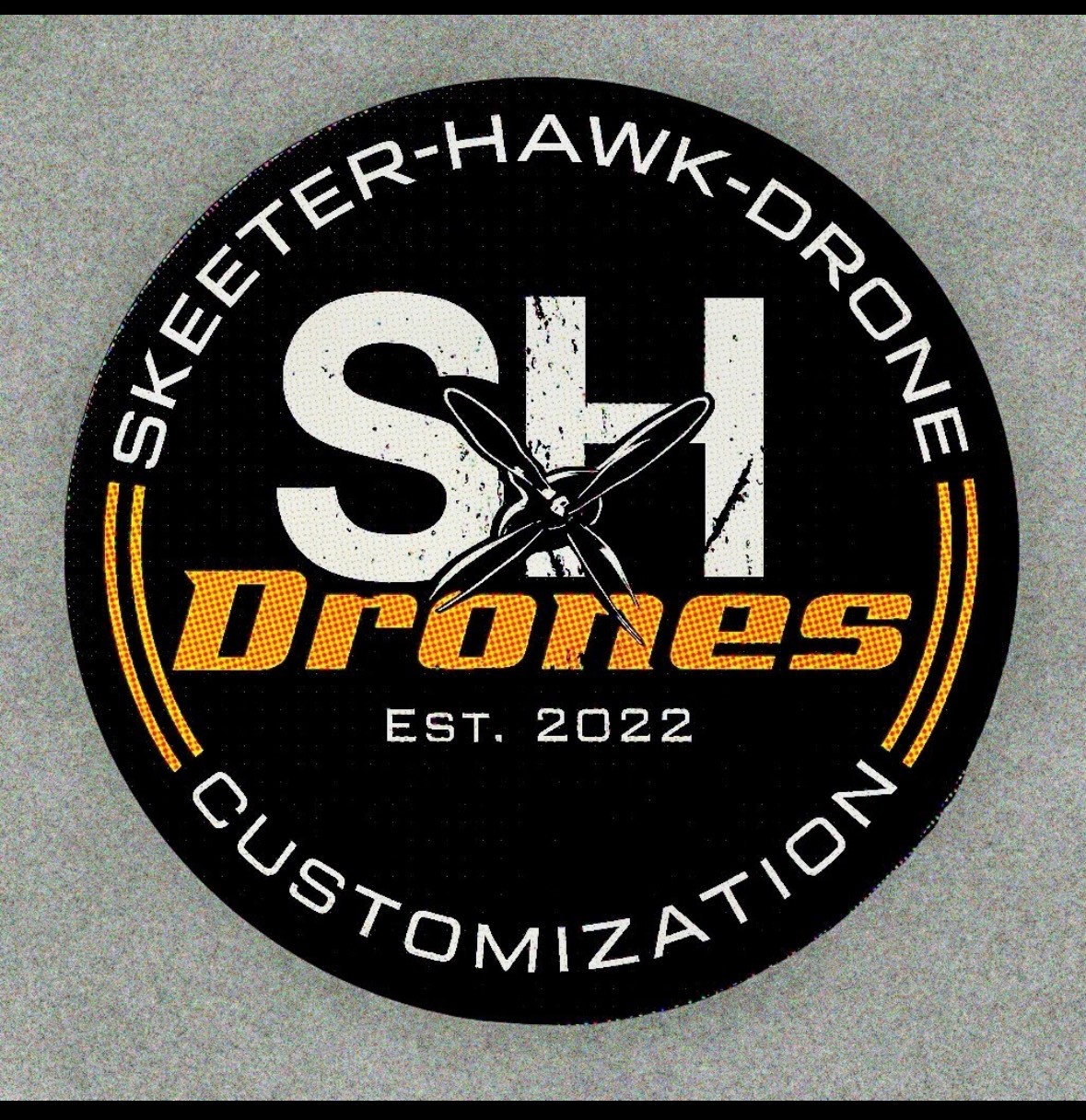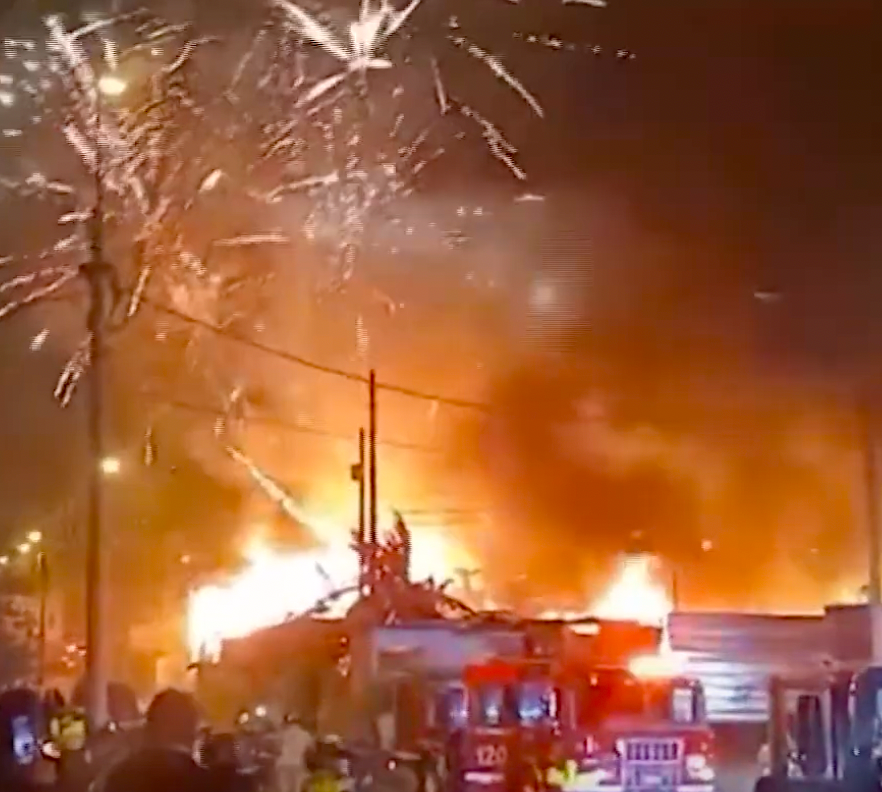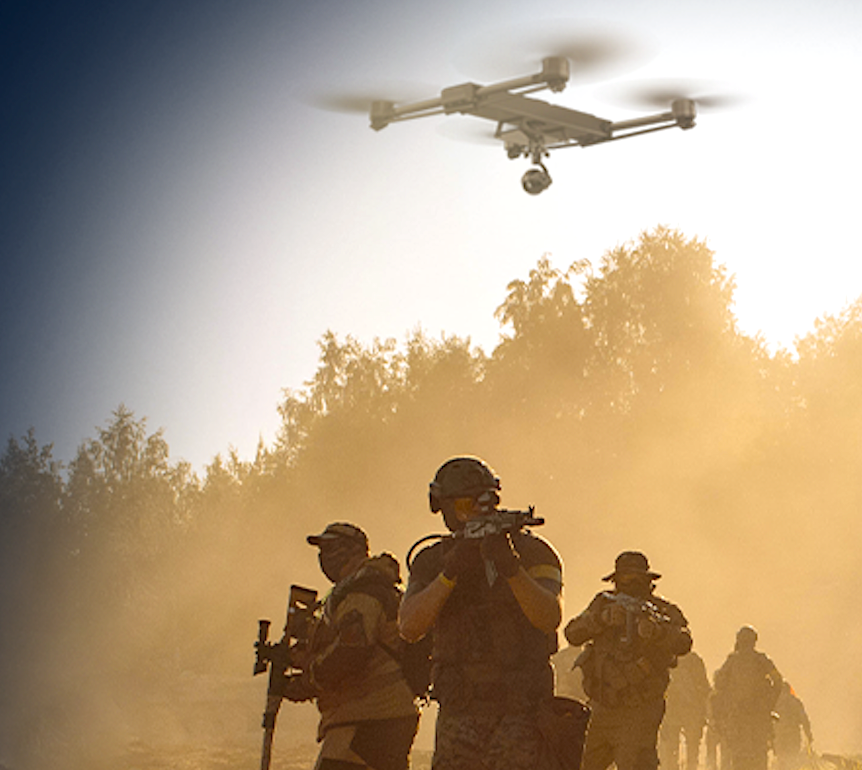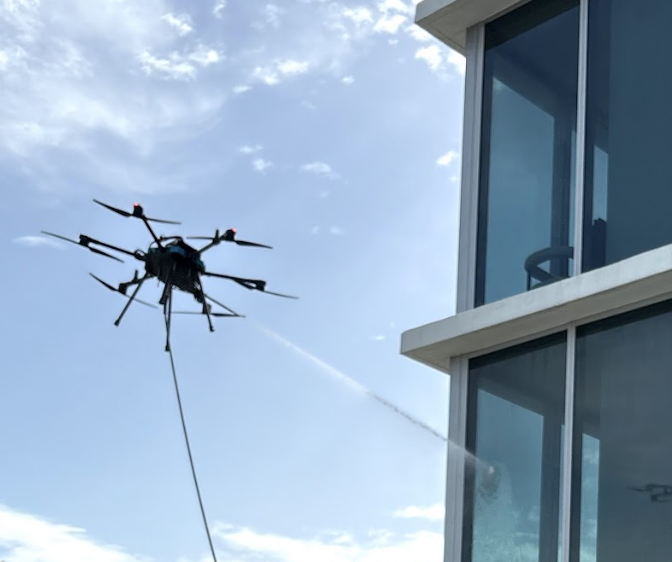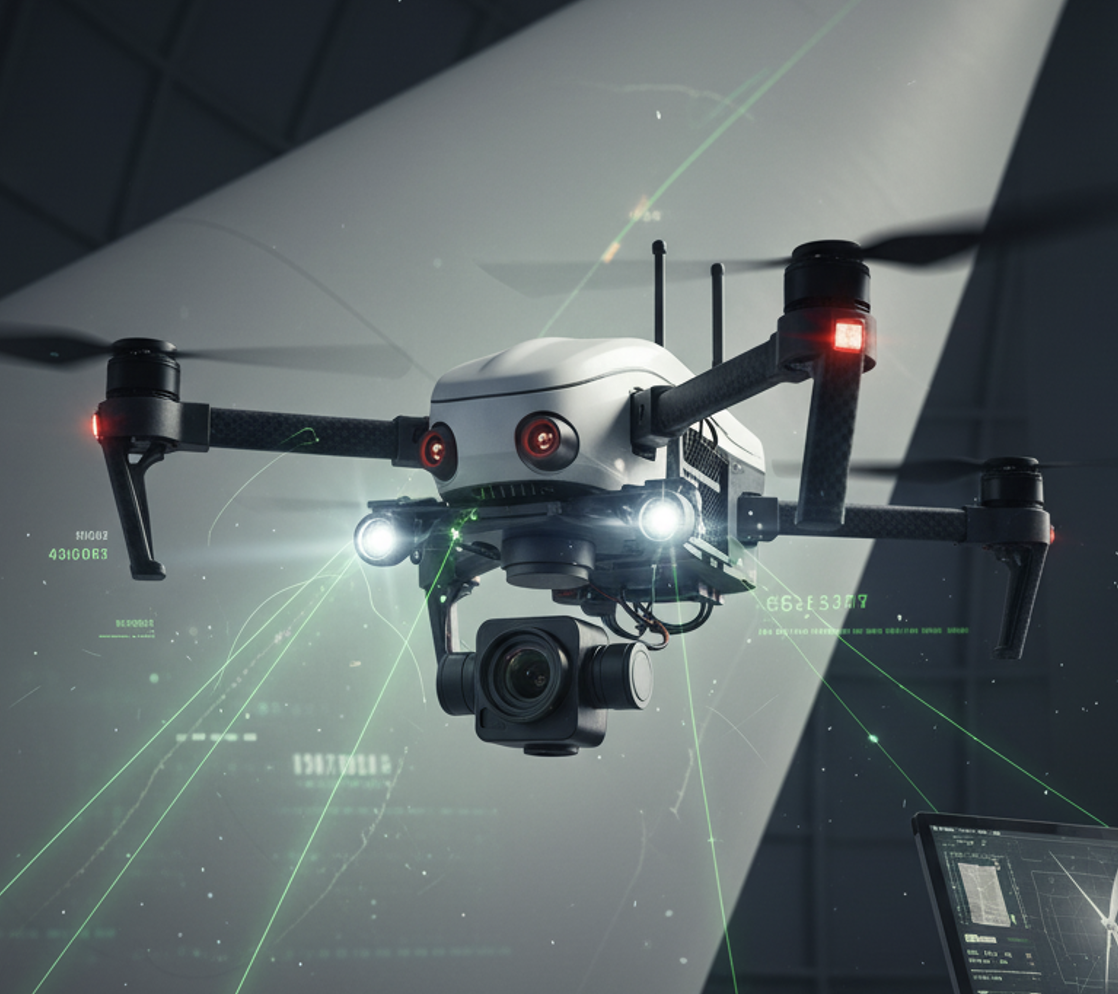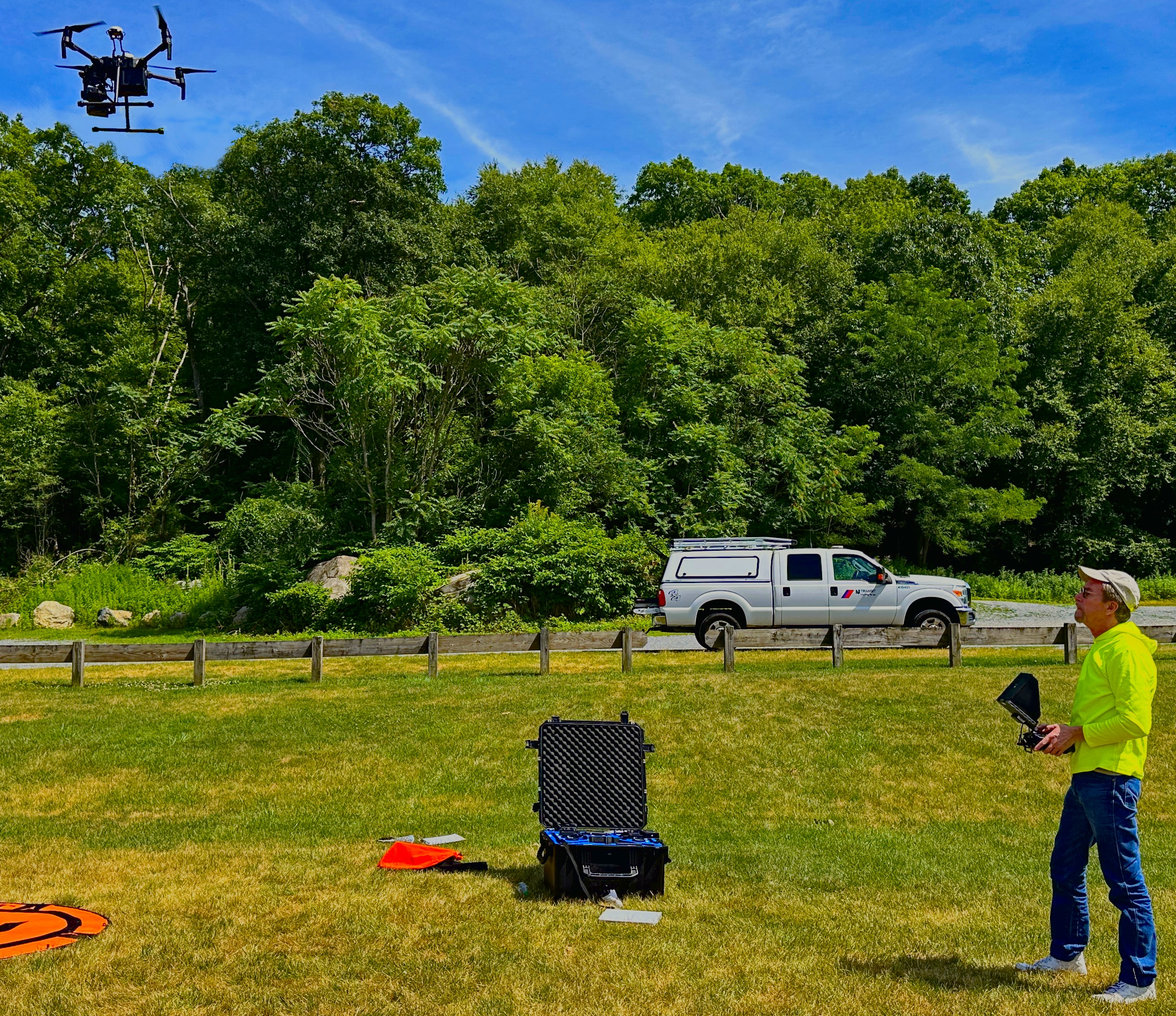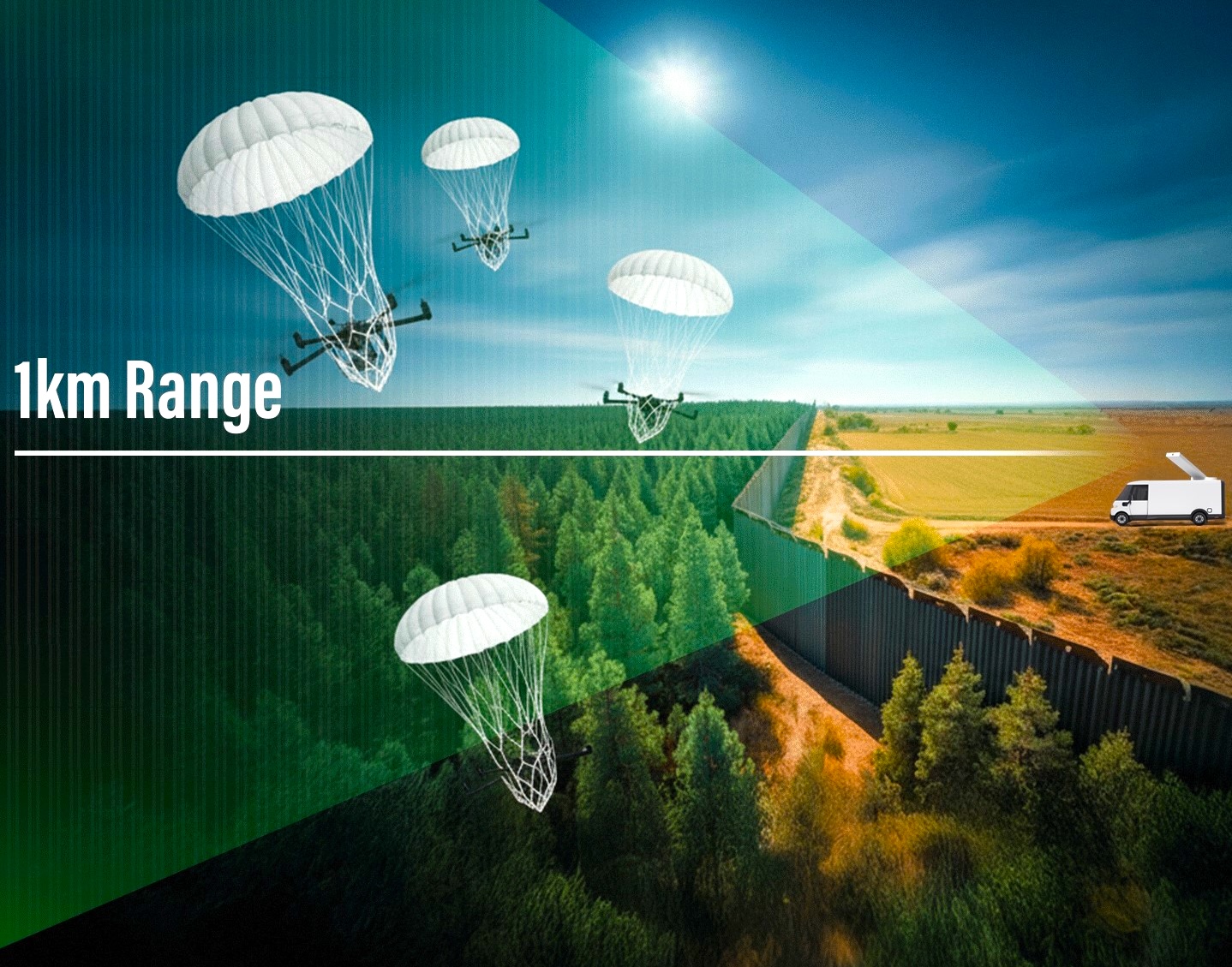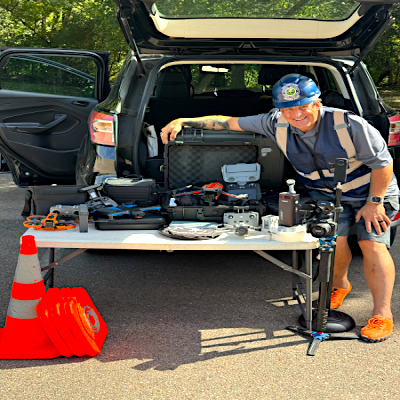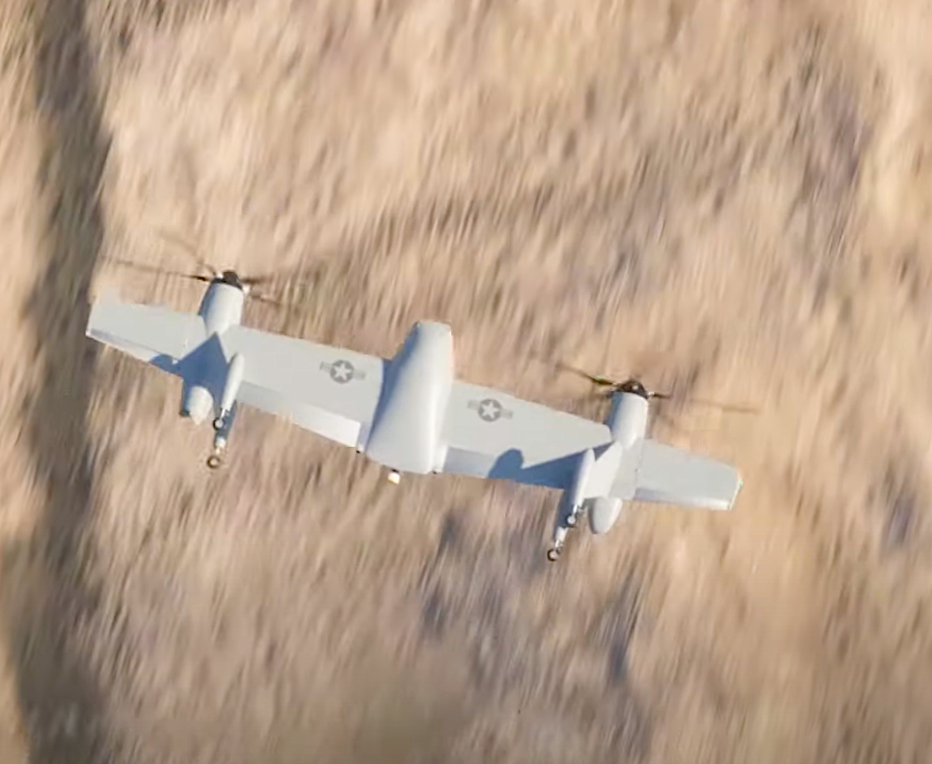Featured NewsTrending NewsPilots StoriesPilot Story: Ryan Jones
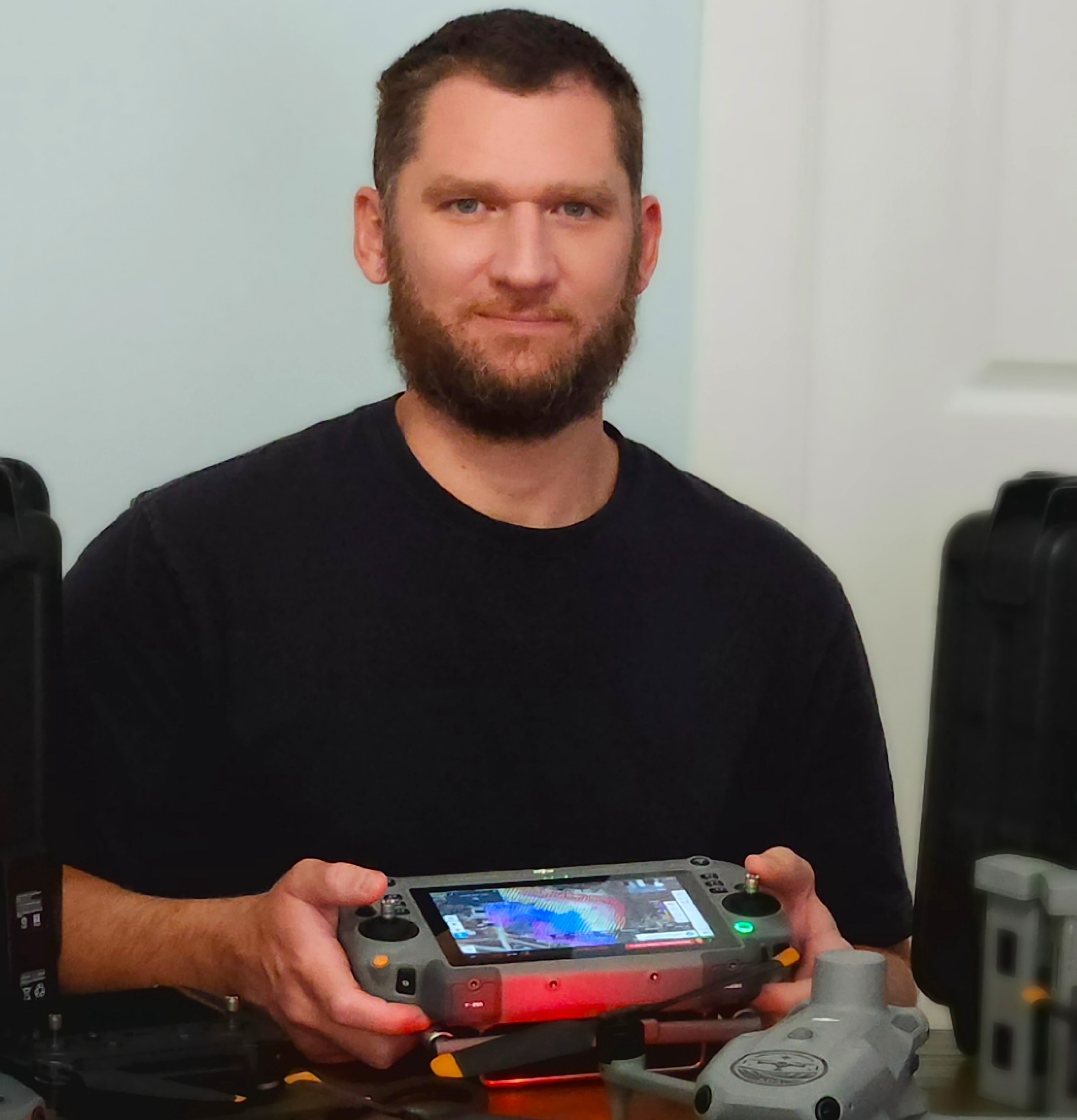
16 October 2025
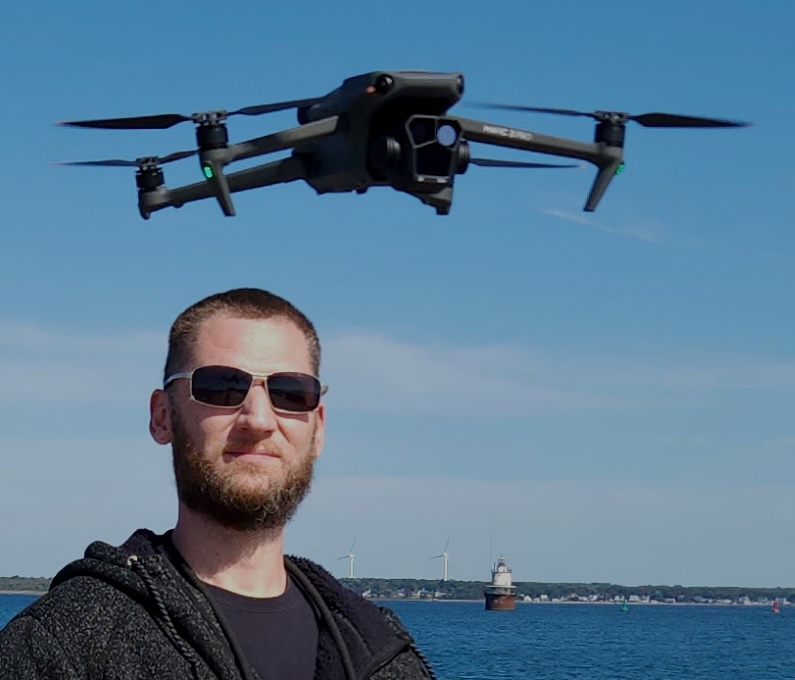
I’ve been fascinated with flight for as long as I can remember. When I was five, my aunt and uncle, both private pilots, would take my cousin and me on flights in their Cessna 172. I still remember the thrill of “zero-G” maneuvers — the momentary weightlessness that made me feel like I was defying gravity itself. Those early experiences cemented a love for aviation that would carry through my entire life. Flight wasn’t just exciting; it was magical, transformative, and somehow deeply personal.
Fast-forward a few decades, and I found myself drawn to drones. My first “wow” moment came with a Mavic 3 Pro, on a golden hour flight near a water-based lighthouse at the entrance to the harbor close to my home. Watching the sunrise through the lens, floating above the water, I was captivated. That moment combined the technical thrill of piloting with the beauty of storytelling through images. I realized that drones could give me a new kind of freedom — a way to capture perspectives impossible from the ground, to provide professional-quality aerial content for clients, and to experience the thrill of flight myself, even if it was without the "zero-G" experience.
For me, entering the drone industry was not only about passion — it was also about practicality. I have a disability that affects my legs and back, limiting my ability to walk long distances and lift heavy items. Many traditional careers weren’t viable options for me, but drone piloting was different. It allowed me to perform technical, detail-oriented work without the physical strain I would have faced in other jobs. I could leverage my skills, creativity, and love of flight to deliver professional services to a wide range of clients. In many ways, drones opened a door I never thought possible, allowing me to build a career around both my passion and my capabilities.
My work in real estate has been a cornerstone of my experience. I specialize in capturing vacant lots in mountainous regions and forested landscapes. While these jobs might not always seem glamorous, they taught me the importance of precision, planning, and presentation. Gathering video and photo data in challenging terrain, then using software to superimpose property boundaries on those results, allowed me to combine technical skill with a creative eye. Each project reinforced the value of thoroughness and attention to detail — qualities every client appreciates, even when they can’t see the full scope of work behind the finished product.
Beyond real estate, I’ve explored commercial mapping and 3D modeling, testing the capabilities of my Matrice 4E. One memorable project involved a historical fort on the waterfront near my home. The flight required multiple flight hours, testing the drone's settings, and careful navigation near buildings, trees, and other structures. After hours of precise flying and hours of rendering thousands of images, the resulting 3D model was breathtaking in its clarity and detail. That project demonstrated not only the potential of advanced drone technology but also the value of patience, planning, and technical expertise in bringing complex projects to life.
Special projects have also defined my career in meaningful ways. One particularly challenging assignment was a commercial mapping project near Boston airport, located in Class B airspace where LAANC approval is not available. Navigating the FAA waiver process was complex and anxiety-inducing. I was tempted to fly without clearance, unsure if the client would be patient enough to wait for approval through the proper channels, but opted to remain professional and communicate the need to wait for FAA approval prior to flying the mission. Communicating the status with the client while waiting for approval required transparency and patience. When the waiver finally came through, I delivered a quality product that met all requirements — a true testament to persistence and professionalism.
Another project that stands out is my work with The Chronicle, mapping and cataloging cemeteries. These jobs have been some of the largest in terms of both scope and time commitment, but they’ve also been the most rewarding. The data I gather — aerial images, maps, and site surveys — will be used by countless people to research ancestors, explore local history, and connect with the stories of those who have shaped society. Whether it’s uncovering the resting place of a war hero or preserving the layout of a historic cemetery, I take pride in knowing my work contributes to something larger than myself.
What I enjoy most about flying drones is every aspect of the process. From pre-flight checklists to setup, from gathering footage to solving unexpected problems in real time, the work is always engaging and never monotonous. I thrive on the combination of creativity, technical skill, and problem-solving. There’s a freedom in deciding the best approach for a project, executing it, and then seeing the results come together exactly as planned. Each flight is an opportunity to learn, improve, and produce something meaningful for the client.
Of course, not every flight goes perfectly. I’ve only crashed a drone once, and while it was stressful at the time, it became a valuable learning experience. I was on-site at my first cemetery job, parked along a narrow dirt road while experimenting with a new obstacle avoidance setting. When a car arrived behind me, I hurried to land my drone to move my vehicle, but in the rush, I flew into a tree branch. The drone dropped fifty feet to the ground, shattering the propellers and a drone arm. The repairs took weeks, but the incident taught me patience, focus, and the importance of testing new settings under controlled circumstances. Mistakes like these reinforce the value of careful preparation, situational awareness, and calm under pressure.
Looking ahead, I see the drone industry facing both challenges and tremendous opportunities. Current legislative constraints in America make it difficult for pilots to access certain high-quality international drones, opening the door for American technology to compete on a larger scale. Beyond that, drones are increasingly being used in industries from inspection to search and rescue, public safety, and geographical data collection. Any work that requires aerial datasets, reduces human risk, or provides a unique perspective is a chance for drones to shine. I am excited to continue growing my skills and contributing to these industries, applying professionalism, precision, and creativity to every project I undertake.
At the core, what drives me today is the same curiosity and love of flight I felt as a child in the Cessna 172. Drone piloting allows me to merge that passion with real-world impact, creativity, and technical mastery. I take pride in providing clients with reliable, high-quality aerial services, whether it’s capturing landscapes for real estate, mapping complex sites, or preserving historical records. Each flight is a new adventure, a new challenge, and a chance to tell a story from a perspective few people ever see.
Drones have given me the ability to pursue a career that matches my skills and passions, while accommodating the realities of my disability. They have allowed me to be professional, creative, and independent — and they’ve shown me that limitations can sometimes guide us to paths that are even more rewarding than we imagined. Flying drones is not just a job; it’s a way of life that allows me to explore, create, and contribute in ways I never thought possible.
Ryan's Highlight Reel
